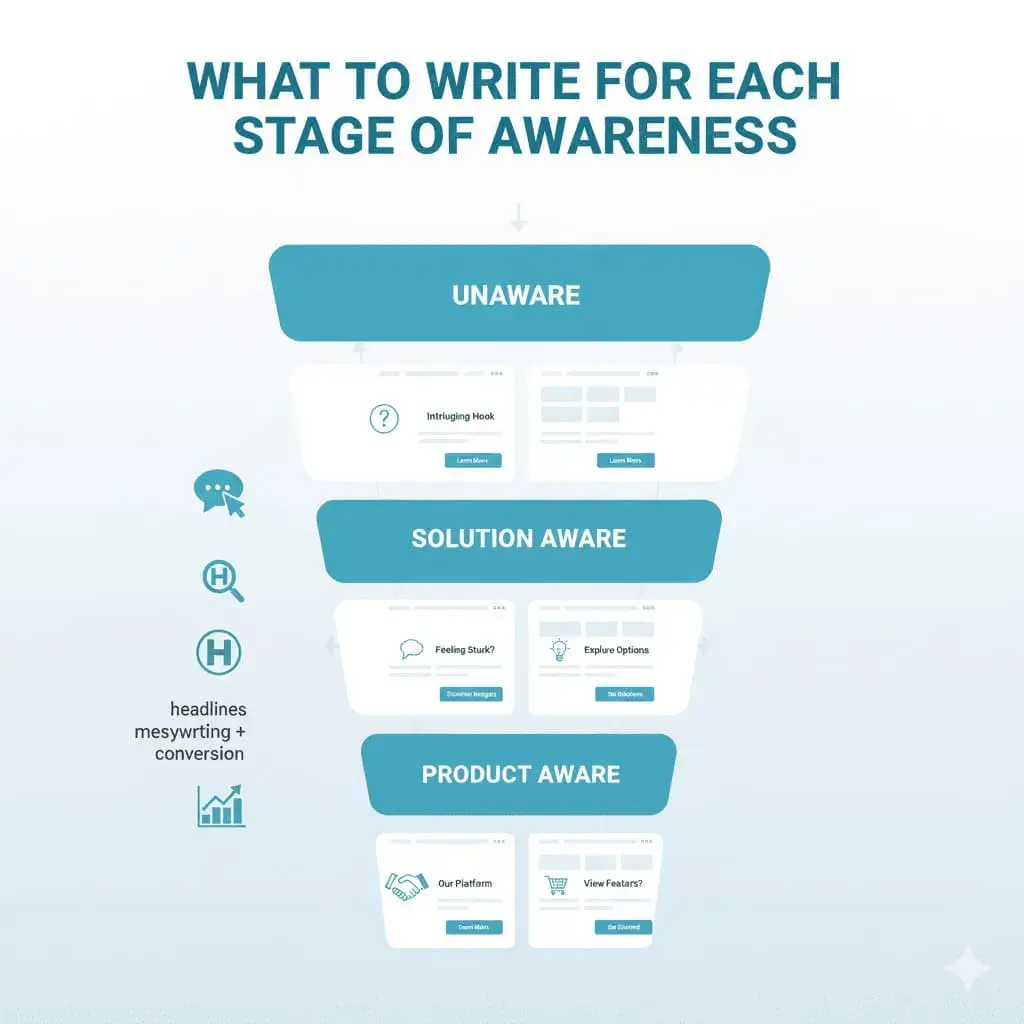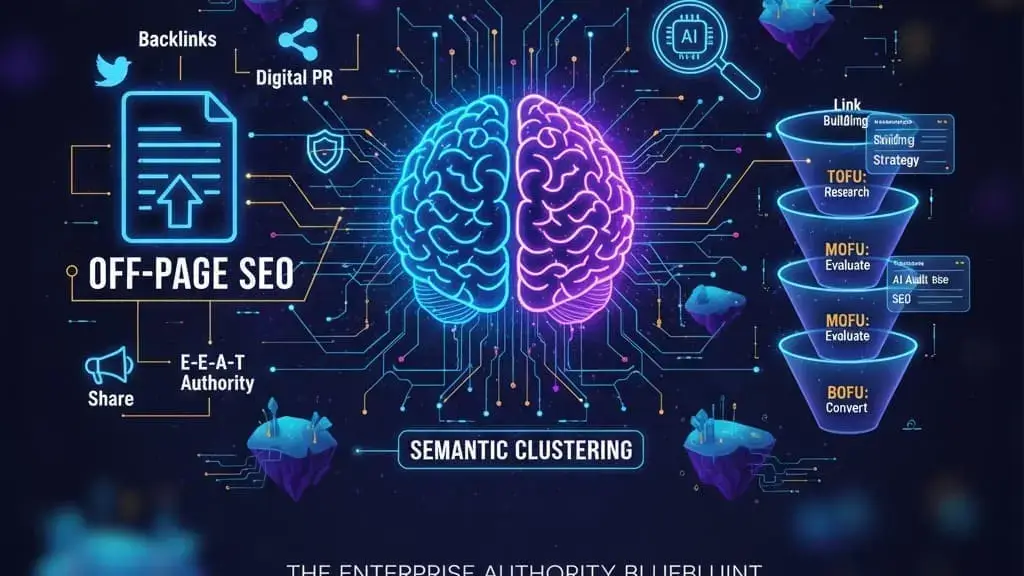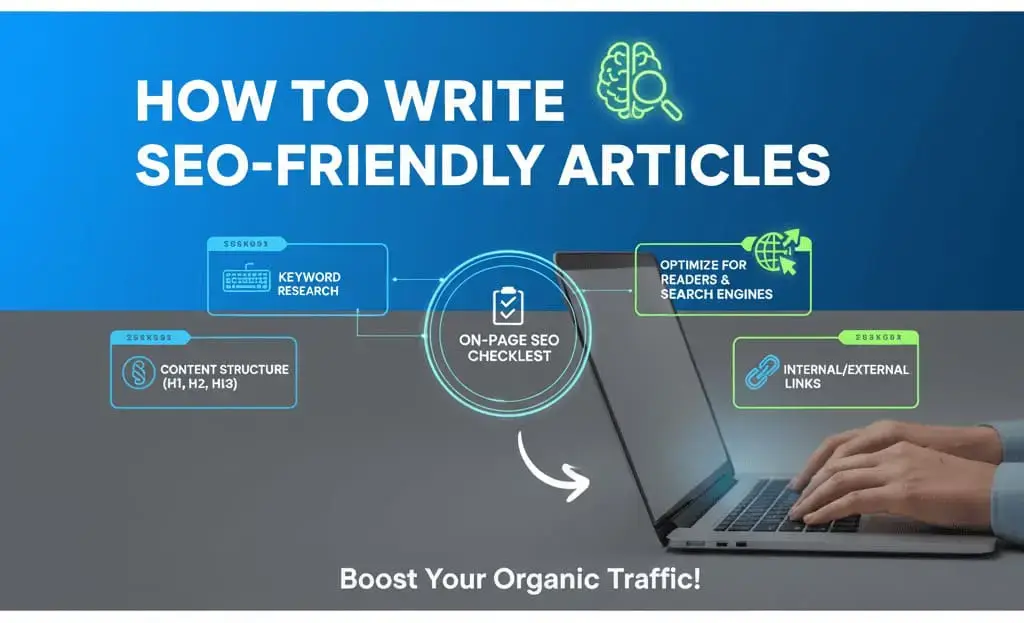Quick Summary: Why Awareness Stages Are the Core of All Marketing
Knowing what to write for each stage of awareness can completely change how your landing pages perform. Each stage needs a different message, structure, and CTA. Every ad, landing page, or sales email either speaks to the right awareness level — or loses the reader entirely. Understanding what your customer already knows (or doesn’t) determines what message will make them click, scroll, or convert.
In this guide, you’ll learn:
-
How to identify each of the 5 awareness stages
-
What type of message works best for each stage
-
Ready-to-use headline templates, wireframes, and CTA placements
-
How to connect the marketing circle problem-aware → solution-aware framework to real-world landing pages
The 5 Stages of Awareness (Simplified)
| Stage | What They Know | What You Should Do |
|---|---|---|
| 1. Unaware | They don’t realize they have a problem | Spark curiosity, tell a story |
| 2. Problem-Aware | They feel pain but don’t know the solutions | Agitate the problem, empathize |
| 3. Solution-Aware | They know possible fixes | Educate, show principles, not products |
| 4. Product-Aware | They know your solution | Differentiate, show proof |
| 5. Most Aware | Ready to buy | Give offers, guarantees, scarcity |
When to Use This Framework
Use this awareness model whenever you write for:
-
Paid ads: to match message-to-market fit
-
Landing pages: to bridge awareness to conversion
-
Homepages or service pages: to balance multiple awareness levels
-
Email campaigns: to nurture readers progressively
It’s built for copywriters, marketing managers, and founders who want to move users through the marketing circle — from problem-aware to solution-aware and finally, to ready-to-buy.
Stage 1: Completely Unaware
At this stage, your audience doesn’t even know they have a problem. You’re not selling — you’re gently interrupting through identity and curiosity.
Focus on:
-
“That’s me” headlines
-
Relatable stories or surprising stats
-
Light, curiosity-driven CTAs (e.g., “See how this works”)
Headline Examples
-
Why [industry] pros are rethinking how they [common task]
-
The quiet problem behind every [situation]
-
Most [role] don’t notice this — until it’s too late
-
Something feels off with your [process]? Here’s why.
-
What nobody tells you about [topic] — and why it matters now
Wireframe: Hero → Relatable Story → Curiosity Point → Light CTA (“Discover why”)
Stage 2: Problem-Aware
Now they know something’s wrong, but don’t trust any solution yet. Write with empathy — show that you understand their pain better than anyone.
Examples of Real Pains:
-
“I’ve tried every content strategy, but nothing sticks.”
-
“My site gets clicks but no leads — what am I missing?”
Tips:
-
Call out the pain before offering a fix.
-
Show quick insights (“Here’s why your traffic doesn’t convert”).
-
Use “you” language constantly.
Wireframe: Problem Proof → Quick Value → Micro-CTA
Hero: “You’re not getting leads — not because your traffic sucks, but because your message does.”
Supporting proof → Quick insight (teach) → CTA (“See the 3-step fix”).
Stage 3: Solution-Aware
They know solutions exist — they just don’t know which one works best.
Your job: teach the principle behind your method and position it as strategically smarter.
Example:
Headline: “Why great landing pages aren’t designed — they’re structured.”
Subhead: “Learn the 5-stage messaging formula that turns browsers into buyers.”
Wireframe: Principles → Process → CTA (“See the full wireframe template”)
Stage 4: Product-Aware
Your audience already knows what your product or service does — now they need proof and differentiation.
Template Examples:
-
“Powered by the Conversion Blueprint™ — proven to turn 3% visitors into buyers.”
-
“Built with the Awareness Map Method — messaging engineered for your customer’s mindset.”
Wireframe: Features → Social Proof → Strong CTA
List 3–4 differentiators, show client results, and end with a clear CTA like:
“See how our landing page copywriting packages work.”
Stage 5: Most Aware
They’re ready to buy — so remove hesitation and build trust.
Offer clarity, urgency, and safety.
Use:
-
Simple offer (“Order your landing page today”)
-
Scarcity (“Only 3 client slots this month”)
-
Guarantee (“Pay only if it converts”)
High-Converting CTA Example
Headline: “Ready for a landing page that actually converts?”
CTA Button: “See pricing & packages”
Form Fields: Name, Email, Website URL (keep it minimal)
Messaging Framework Cheat-Sheet
| Awareness Stage | Emotional Goal | Framework to Use |
|---|---|---|
| Unaware | Spark curiosity | AIDCA (Attention–Interest–Desire–Conviction–Action) |
| Problem-Aware | Build empathy | PAS (Problem–Agitate–Solution) |
| Solution-Aware | Teach logic | FAB (Feature–Advantage–Benefit) |
| Product-Aware | Prove superiority | AIDCA with proof |
| Most Aware | Close confidently | Direct offer + urgency |
20 Ready-to-Copy Headlines
Unaware
-
No one talks about this tiny landing-page mistake.
-
Why most small businesses fail at content without realizing it.
-
Your funnel isn’t broken — your message is.
-
How we doubled conversions by changing one headline.
-
This page made me buy — here’s why.
Problem-Aware
6. Getting clicks but no sales? This is why.
7. You’re not alone — every founder hits this wall.
8. Stop wasting ad spend on pages that don’t convert.
9. Traffic is easy. Conversions aren’t.
10. What if your copy was the problem all along?
Solution-Aware
11. Most marketers skip this stage — and lose half their leads.
12. You don’t need more traffic. You need better flow.
13. The messaging framework that fixed 3 failing pages.
14. Think in awareness stages — not just keywords.
15. Stop guessing what to write. Follow this map.
Product-Aware
16. How Marketing Scrappers builds pages that convert 2–3x faster.
17. Our Awareness-Driven Copy System: Built for ROI.
18. Why clients trust our landing pages to sell even cold traffic.
19. The MS Framework: Because your copy deserves strategy.
20. We don’t write words — we build conversion machines.
Landing Page Wireframe Examples
Unaware → Problem: Story-led hero → Pain → Curiosity CTA
Problem → Solution: Agitate → Teach → Value CTA
Solution → Purchase: Process → Proof → Offer CTA
CTA Placement Blueprint
-
1 CTA = Informational blog or ad explainer (top or mid)
-
2 CTAs = Mid-depth landing page (mid + bottom)
-
3 CTAs = High-intent service page (top + mid + bottom)
How the Marketing Circle Connects Problem-Aware and Solution-Aware Stages
The marketing circle problem aware → solution aware framework explains how people move from recognizing a pain point to trusting a product as the fix.
When you design your content around this circle, every ad, page, or email moves the reader forward — not sideways.
Where to Use These Templates
-
Paid Ads: Match ad copy to awareness stage.
-
Organic Content: Use stage-based CTAs to guide readers deeper.
-
Email Sequences: Map each email to a different stage for natural progression.
Example:
Ad headline (Problem-Aware): “Why your clicks don’t turn into customers.”
Landing headline (Solution-Aware): “The 3-step message fix that turns traffic into leads.”
FAQs
- What should you write for each stage of awareness?
Each awareness stage needs a specific message. Use curiosity hooks for Unaware users, pain-focused lines for Problem-Aware, educational principles for Solution-Aware, differentiation for Product-Aware, and clear offers for Most Aware. Matching your copy to each stage increases clarity, trust, and conversions.
- What are the 5 stages of awareness?
The five stages are Unaware, Problem-Aware, Solution-Aware, Product-Aware, and Most Aware. Each reflects how much a person understands their problem and the solutions available. Every stage needs a different message to move the user toward taking action.
- What should awareness stage ads do?
Awareness-stage ads should capture attention fast, highlight a relatable problem, and spark curiosity instead of selling. The goal is to help users recognize the issue so they want to explore more, moving them from Unaware to Problem-Aware.
- What are the steps of awareness?
The steps of awareness progress from not knowing there is a problem to being ready to buy. These are Unaware, Problem-Aware, Solution-Aware, Product-Aware, and Most Aware. Each step needs targeted messaging that educates and builds trust.
- What are the four stages of awareness?
A simplified model includes four stages: Unaware, Problem, Solution, and Purchase. This version merges product-aware and most-aware into a single purchase-intent group while keeping the core idea of matching messages to understanding.
- What are the 7 levels of awareness?
The extended seven levels are Completely Unaware, Pain-Aware, Problem-Aware, Solution-Aware, Product-Aware, Most Aware, and Ready-to-Act. This expanded version adds more detail to early and final stages for deeper messaging accuracy.
- What is the awareness stage?
The awareness stage is when a user first realizes something is wrong or missing. They want clarity, not sales. Your job is to call out the pain, explain why it happens, and help them understand the problem before offering solutions.
- What are the types of awareness?
Main awareness types include problem awareness, solution awareness, product awareness, brand awareness, and need awareness. Each type reflects a different knowledge level and requires messaging that aligns with what the audience understands.
- What are the four A’s of awareness?
The four A’s are Attention, Awareness, Action, and Advocacy. This model helps marketers attract interest, educate users, convert them, and turn satisfied customers into ongoing promoters.
- What is your role during the awareness stage?
Your role is to help users understand their problem clearly without overwhelming them. Use relatable examples, simple explanations, and early insights. Avoid pushing sales too early—focus on trust and clarity first.
- What are the goals of the awareness stage?
The goals include identifying user pain, building recognition, explaining the problem simply, earning trust, and guiding users toward possible solutions. Awareness content should clarify confusion and encourage users to explore further.
- What are the stages of awareness, consideration, and decision?
The user journey moves through Awareness (recognizing the problem), Consideration (comparing solutions), and Decision (choosing a provider). Awareness content educates, consideration content evaluates, and decision content uses proof and offers to drive action.
- What are the 4 stages of the customer journey?
The four stages are Awareness, Consideration, Decision, and Retention. Awareness identifies a problem, consideration explores solutions, decision leads to purchase, and retention focuses on satisfaction and long-term engagement.
Next Steps
🎁 Free Download: Awareness-to-Conversion Checklist
Get the exact templates and examples used in this post — plus a printable framework map for your campaigns.
💡 Need Us to Write This for You?
Get a full landing page copy + CRO audit from our experts.
We’ll identify your audience’s awareness stage, design the right wireframe, and write conversion-focused copy that fits it.
👉 Order a landing page that converts — see packages
Final Note
Understanding customer awareness isn’t theory — it’s the foundation of conversion.
Once you master what to write for each stage of awareness, the five stages and their messages, every ad, email, and landing page becomes part of a system that sells naturally — no hard push required.



